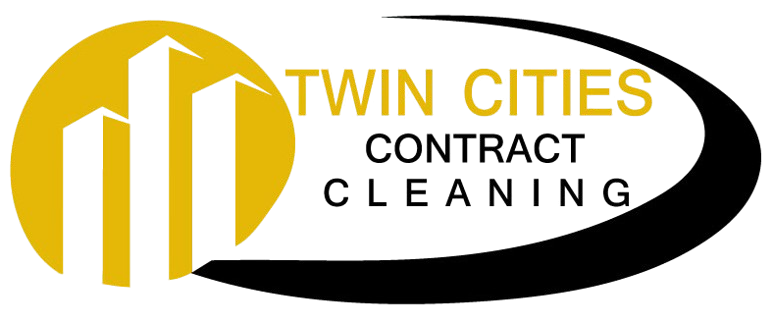Hospitals are germ battlegrounds. Keeping them clean isn’t just about looking good and odor-free; it’s about saving lives. That’s where commercial sanitization services come in. They’re the unsung heroes, wielding mops and disinfectants like weapons against harmful germs.
Clean, Disinfect, and Sterilize – The Three-Prong Attack
Keeping a hospital truly clean isn’t as simple as wiping down surfaces. It’s a three-pronged attack: cleaning, disinfecting, and sterilizing. Cleaning removes visible dirt and debris, but it doesn’t kill germs. That’s where disinfecting comes in. And sterilization? Think of it like a nuclear-level clean, wiping out every single germ, even the stubborn spores. Commercial cleaners know this dance and perform it flawlessly.
The CDC and The Joint Commission Call the Plays: Commercial Sanitization Services
In the battleground against antibiotic- and treatment-resistant microbes, hospitals and urgent care clinics do not have an easy task. In addition to providing an inviting atmosphere for patients and visitors, hospitals must also follow strict guidelines set by the Centers for Disease Control (CDC) and The Joint Commission. It’s like a hospital version of the law, and it’s highly detailed. From employing ultraviolet (UV) light technology to kill bacteria and viruses on surfaces or investing in electrostatic spraying systems to ensure even disinfectant coverage, commercial cleaners are the front line of cleanliness, using targeted disinfection protocols to isolate pathogens and maintain environmental control.
Hospitals Fight Germs with Color-Coded Cleaning
Because of the sheer number of people and types of microbes coming in and out of their facilities, healthcare services make use of color coding when labeling different types of disinfectants and chemicals used in sterilization. Different areas get different colored cleaning cloths. It’s like a secret code for avoiding cross-contamination exposure. In the United States, there is no universally accepted color code system, but green is often used for kitchens and surfaces that come in direct contact with food and its preparation, yellow is often designated to isolation areas that require specialized cleaning compounds, and red is often used for restrooms. (Did you know: A single gram of human feces can contain trillions of germs?!)
Color coding can extend beyond cleaning cloths. It can be used for other cleaning equipment, waste bins, and even scrubs and disposable gowns. This comprehensive approach reinforces the importance of infection prevention and control.
One Type of Cleaner Does Not Fit All: Disinfecting Services
High-touch surfaces are germ magnets. Think doorknobs, light switches, and those call buttons by the bed. They need constant attention because they’re constantly being touched. But those high-touch surfaces are made of different materials – wood, ceramic, glass, metal, plastic, rubber, latex, and any number of synthetics. Using the wrong cleaning product for a given surface can create an unwanted chemical reaction that can lead to caustic chemical burns on unprotected skin or can release hazardous fumes to be inhaled by the unwary.
So, what’s the key to staying safe? Simply put, use the right stuff in the right way. Whatever system your medical facility designates, color-coded or otherwise, the process needs to be consistent, repeatable, and adhered to with vigor. Reputable, certified commercial cleaners know this and make following your unique protocol a top priority every single time.
The Importance of Proper PPE Use: Commercial Sanitization Services
That begs the question: how do the pros avoid getting hurt or injured? Personal protective equipment, or PPE, is not just for doctors and nurses; cleaners need it too. Commercial cleaners are trained to the max on PPE, too, which helps keep themselves and everyone else safe. Proper PPE use, including gloves, gowns, and masks, is essential in preventing the spread of pathogens like MRSA and C. domicile. Knowing how to put on, take oU, and dispose of it properly is a basic handling procedure.
In the end, finding the right partner to provide commercial sanitization services and disinfecting services can take time, but they are of the utmost importance in the fight against hospital germs. Reputable commercial cleaning teams make it their mission to keep hospitals, patient facilities, nursing homes, and healthcare offices safe and sterile for all.


